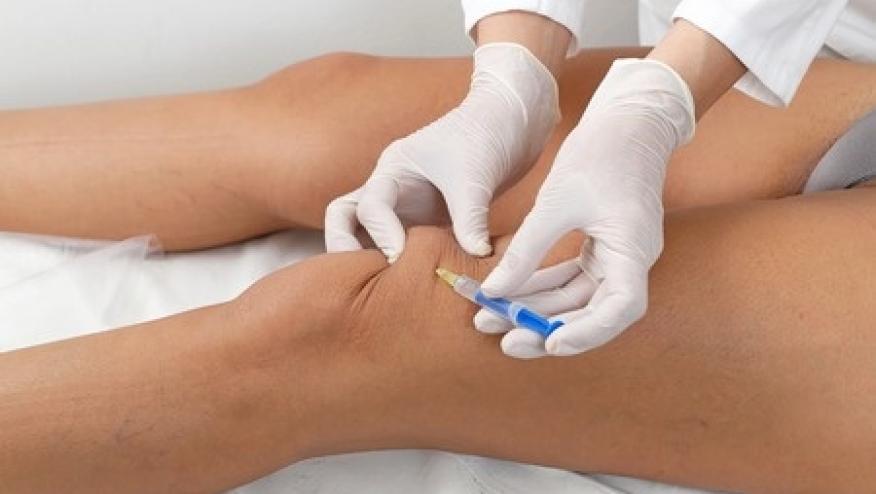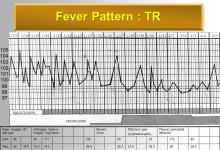Safe Practices for Outpatient Appointments Save

As many parts of the country are lifting restrictions for businesses and allowing them to re-open, doctors are asking what they should do to keep themselves, their staff, and their patients safe. As rheumatologists, we have vulnerable patients who are at high risk for complications from COVID19; many of our patients are older, immunosuppressed, and have underlying comorbidities such as lung disease, hypertension, chronic kidney disease, obesity, and diabetes.
I interviewed doctors and dentists who are opening their practices to find out what their standard operating protocols are to minimize risk of infection by the SARS-CoV2. Below is a summary of what I consider good clinical practice.
- Stagger patients: allow for adequate time for face to face patients to enter and leave your office so that the waiting room will have enough space for people to keep at least 6 feet apart. Some doctors require patients wait in their cars until the office is ready to receive them and will call the patients to come in.
- Stagger doctors and staff: if you have several doctors and staff in your practice, consider having half of your doctors and staff be at the office certain days of the week and the other half clock in the other days. One doctor will be seeing patients in person on Mondays, and Wednesdays; I will see patients on Tuesdays and Thursdays; our nurse practitioner will see patients Tuesdays and Fridays. We plan to do telemedicine on the days we are not in the office. The benefits of staggering doctors and staff include: a) decreasing the number of patients that come into the office and b) doctors and staff will have less risk of getting sick all at the same time.
- Building safety: from the time the patient enters the building and until they leave, the risk of the virus looms. Have signs up in the building lobby and elevators requiring patients and visitors to wear masks. I tell my patients that elevators are probably one of the toughest places to social distance. If they find another person is entering the elevator without a mask, it would be prudent to step out and take a different elevator. Talk to your housekeeping staff about your expectations—bathrooms, door handles, elevator buttons, and frequently touched surfaces should be cleaned at least once an hour.
- Office safety: Most offices have an open concept layout now where the reception area and waiting room are separated by just an island. Consider putting a plexiglass shield between the reception area and the waiting room especially in places where patients are likely to stand to ask questions or make payments. If you cannot do this, then consider getting face shields for your front staff. I don’t know about you, but sometimes patients get animated about the bill and will spit and yell at the front staff.
- Provider requirements: Leave the lab coat, jewelry, ties at home! I plan to see patients in scrubs wearing a surgical mask, face shield, and clogs. Some practices will have disposable or reusable gowns; we are unfortunate enough not to own any. It remains to be seen if clothing will be considered fomites. As per OSHA, wash your hands before and after you enter a patient room, but take it to another level—keep a bottle of hand sanitizer in the room to use before and after you touch the patient. Disinfect your face shields, stethoscopes, and any equipment that might be in the room with the patient. Cover your keyboard with a film that can be easily cleaned.
- Staff requirements: Your staff should be instructed to clean their hands frequently between patients and throughout the day; they need to wipe down their work area a few times a day. Check temperatures for providers and staff at least once or twice a day; send them home if they don’t feel well. Many of our staff are loyal and want to help out, or they may need that paycheck so they do not alert you that they are having issues.
- Patient responsibilities: Have your patients check their temperature at home before they come; if temperatures are a degree higher than their normal, have them reschedule their appointments or stay home. Do not rely on 98.6oF as the normal temperature as there have been research studies showing the average normal human body temperature may vary between 36.1oC (96.98oF) to 37.2C (98.96oF)1; so ask your patients if their temperatures are higher than their normal. You should also check patient’s temperatures when they arrive at your doorsteps. This recommendation might be tricky for our patients who may be taking regular acetaminophen or non-steroidal anti-inflammatory drugs (NSAIDS) for their arthritis; hence, their temperatures may register normal. Consider other symptoms that might make you rethink whether or not patients should come in: exposure history to COVID19, coughing especially with myalgias, swollen lymph nodes, or anosmia/aguesia.
No matter what you do, sometimes it may not be enough and the virus may sweep through your office. Do you have an obligation to let your patients know if you or your staff develop COVID19? I believe so. Contact tracing is helpful to prevent further spread of the disease. Patients who have been exposed, need to self-quarantine and self-isolate. It is also important to find out if the infection came from a patient or if it came from the community.
Please reach out to us with any advice you have to keep our medical practices safe or if you have comments on the above guidance. Many thanks to the doctors and dentists I interviewed. We live in a new normal now.
References: 1. Crit Rev Biomed Eng. 2015;43(5-6):385-99
The advice given is a distillation of what doctors and dentists in private practice are doing and are not reflective of UT Southwestern Medical policy.










If you are a health practitioner, you may Login/Register to comment.
Due to the nature of these comment forums, only health practitioners are allowed to comment at this time.